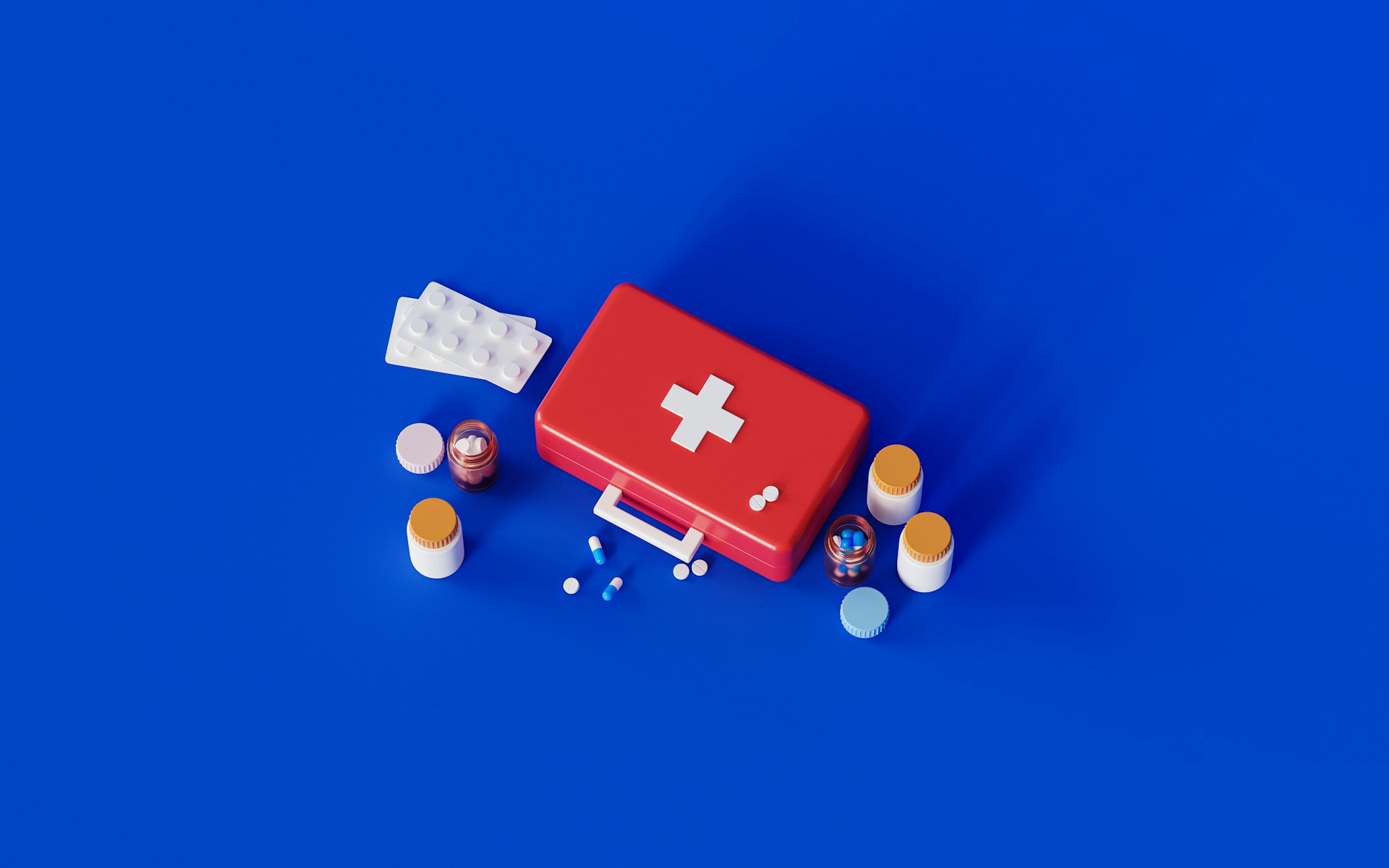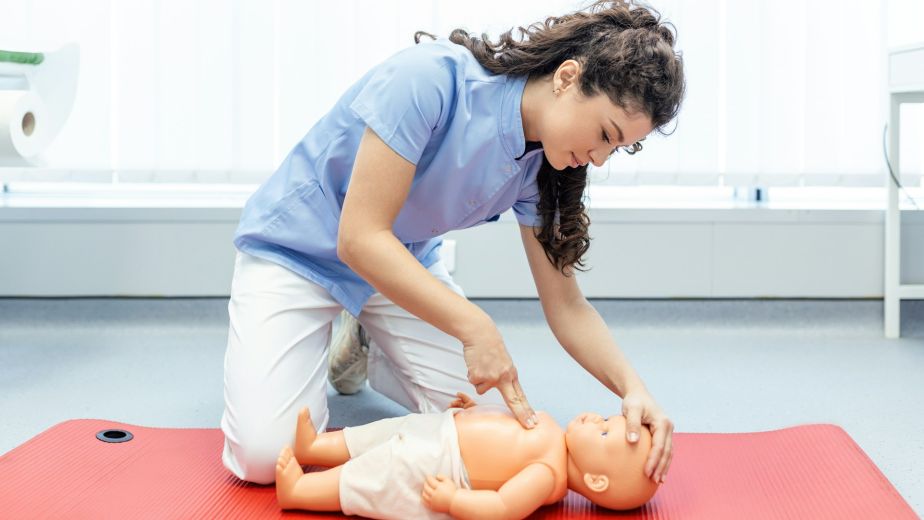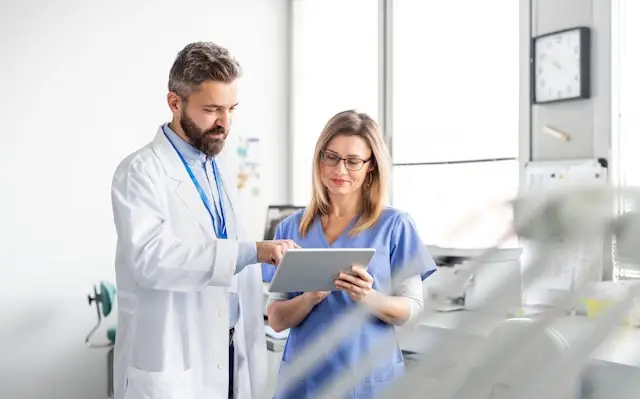3:17 AM. Kid comes in, twenty-three years old, leg swollen up like a balloon. You know what his prep plan was? He’d watched some disaster prep video online. Had everything – the fancy backpack, those military tourniquets he couldn’t even use right (and it almost killed him), enough rope to… I don’t know, climb Mount Everest? But when he cut his leg open on hurricane debris, his big plan was Neosporin and “letting his body heal naturally.”
Yeah, his body healed naturally alright. Blood poisoning. His roommate basically carried him through our doors.
Fifteen years. That’s how long I’ve been doing this job. Fifteen years of watching people die from the dumbest, most preventable stuff you can imagine. Worked through Katrina. The big earthquake in ’19. Ice storms that knocked power out for weeks.
And you know what? Every single time – EVERY time – it’s the same story. People prep for the zombie apocalypse but can’t handle a basic infection when the drugstores close.
That expensive first aid kit everyone’s so proud of? The one you spent three hundred bucks on? Might as well use it as a paperweight if you don’t have antibiotics in there.
The Post-Disaster Reality Nobody Talks About
Everyone thinks disasters are like action movies. Big rescues, using tourniquets to save the day, maybe some cool scar stories. But here’s what really happens: Power’s out.
Hospitals – if they’re even standing – get packed within hours. That walk-in clinic down the street? Flooded. Your pharmacy? Closed or cleaned out, 911? Good luck getting through.
And then people start dying from stupid, preventable things.
After Hurricane Katrina, you know what killed people? Wasn’t the injuries everyone prepped for. It was infections. Normal, treatable infections that turned deadly because nobody could get basic antibiotics. Death rates from infections jumped 300% in the weeks after the hurricane. Three. Hundred. Percent.
(Sorry, I’m getting a little worked up here, but you can see why.)
Common Injuries, Uncommon Danger
Every disaster creates this perfect mess for infections. You’re out there trying to help, clearing debris, helping neighbors, walking through dirty flood water. That little cut from a rusty fence? The one you’d normally just put a Band-Aid on? After a disaster, that’s your ticket to the ICU. If there even is an ICU.
Here’s what you’re actually dealing with:
- Glass everywhere. Windows, dishes, picture frames.
- Sharp metal that goes right through your shoe
- Burns from camping stoves people don’t know how to use
- Live wires nobody marked
Then there’s the stuff you can’t see. Mold growing in everything after floods. Dust from broken walls making everyone cough. And my personal favorite – pack fifty people into a gym shelter and watch colds spread like crazy. No fresh air, everyone stressed out, everybody coughing on each other.
These aren’t big dramatic injuries. They’re boring. Normal. The kind of thing that wouldn’t even make you miss work usually.
Here’s what you’re actually dealing with:
- Glass everywhere. Windows, dishes, picture frames.
- Sharp metal that goes right through your shoe
- Burns from camping stoves people don’t know how to use
- Live wires nobody marked
Then there’s the stuff you can’t see. Mold growing in everything after floods. Dust from broken walls making everyone cough. And my personal favorite – pack fifty people into a gym shelter and watch colds spread like crazy. No fresh air, everyone stressed out, everybody coughing on each other.
These aren’t big dramatic injuries. They’re boring. Normal. The kind of thing that wouldn’t even make you miss work usually.
The Invisible Threat That's Everywhere
Okay, let me be really clear about this. When everything breaks down, germs have a field day. Sewers back up. Water plants stop working. That flood water everyone’s walking through? It’s basically germ soup mixed with E. coli, staph, and whatever was in your neighbor’s septic tank.
Treated a guy once – three days after a flood. Tiny cut on his ankle. Like, you wouldn’t even notice it. But he’d been helping people escape, walking through dirty water for hours. By the time he came in? Red lines running up his whole leg. Fever of 103. If we hadn’t had IV antibiotics right then… well.
And another thing – nobody thinks about lung infections. Without antibiotics, that “just a cough” turns into pneumonia real fast. And pneumonia without doctors? People die from that.
Why We Can't Keep Ignoring This
We see it all the time. People come in, proud of their emergency kits. They’ve got:
- Tourniquets (that they don’t know how to use right, but that’s another story)
- Israeli bandages
- Chest seals
- All the military-style gear that makes them feel ready for anything
But antibiotics? “Oh, I didn’t think of that.”
You didn’t think of the ONE thing that could actually save your family when hospitals are closed and infection sets in. The thing that costs less than that fancy tactical pen you bought.
Here’s what nobody wants to hear: More people die from infections after a disaster than from the disaster itself. Every. Single. Time. Not exciting. Doesn’t look cool on Instagram. But it’s what actually kills people when everything falls apart.
Okay, Real Talk Time
Look… I know I sound mean. I know I come off angry and maybe even harsh. But you need to understand something. Every patient I lose to something we could have prevented takes a piece of me with them. That 23-year-old kid I mentioned? We saved his leg, barely. But it didn’t have to get that bad. It shouldn’t have.
I’m not trying to scare you. I’m trying to help you. Because when you’re stuck in a shelter with your kid burning up with fever from an infected cut, and there’s no doctor anywhere, and all the pharmacies have been closed for a week… that’s when you’ll understand why I’m basically begging you to think beyond the Band-Aids. Your family deserves better than dying from something a simple bottle of antibiotics could have fixed. They deserve to have you ready for the real dangers, not just the Hollywood ones.
Is your family prepared for the hidden threat of infection? We’ve put together everything you need to know. Download our free checklist: “The 10 Most Critical Medical Supplies for a Disaster” at BlackoutMedical.com. Because your family’s safety shouldn’t depend on whether the pharmacy is open.
– Jen, RN
Blackout Medical Emergency Preparedness Team





